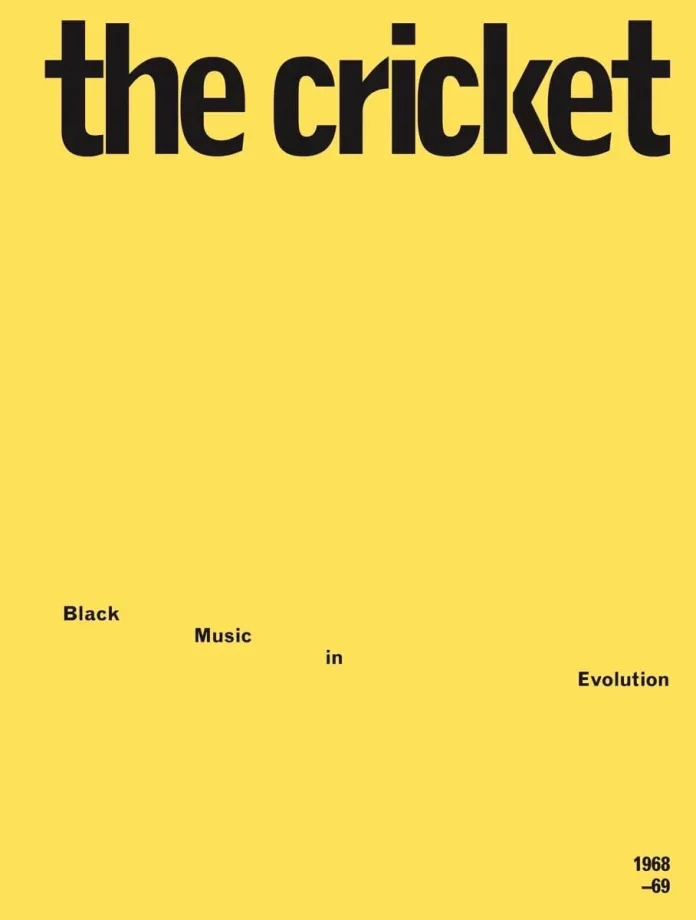A cheaply produced magazine which survived for only four issues, The Cricket was, in words written last year by A. B. Spellman (the only surviving co-editor), a reaction to the fact that “there were not even a handful of Black critics writing books, articles, reviews, liner notes etc.” in the world of jazz at that time.
Spellman, together with co-editors Larry Neal and Leroi Jones (whose name was about to change to Imamu Ameer Baraka), used a Gestetner machine to print a few hundred copies of each issue and the present compilation has copied exactly the original pages with mistakes of spelling and grammar unaltered. The result allows the present reader a leap back to the the precise experience of readers absorbing the contents in the 1960s.
So what were the contents? A mixed bag which defies thorough examination in a review of this length. All three editors wrote poetry so poems (by others) are included and are most prevalent in the fourth issue which is considerably longer than the first three. The poems range from opaque (Sun Ra) to pretentious (a few) to moving (Norman Jordan on Trane) and an obituary for Coleman Hawkins (Roger Higgins). The sudden acknowledgement of Hawkins is a surprise since the emphasis in the magazine from the start was on the newest kind of jazz.
A handful of record reviews applaud Pharoah Sanders, Ornette Coleman and Frank Wright and castigate Oliver Nelson for retreating from his work on Screamin’ The Blues. Two of the most valuable contributions come from Stanley Crouch, supporting the so-called “avant-garde” movement at the time though he turned against it later. In the first he writes about Bobby Bradford and John Carter and in the second about Horace Tapscott. (The latter has a chance to write his own credo but isn’t helped by some text omitted between pages 101 and 102.)
There is also a helpful piece by James T. Stewart about the tempered scale and variable pitches used by Ornette and others, and this is seen as disowning European tradition and escaping white dominance. Such escape, as Spellman points out, was what the magazine encouraged and there is inevitably a certain repetitiveness in the number of contributions calling fervently for freedom from the restraints of the past. (Of course, music alone was never going to remove all restraints and half a century later outrageous police mistreatment of black people tragically continues.)
To whom should this book be recommended? The ideal reader would be interested in history and sociology as well as jazz. Why was the magazine called The Cricket? It was alleged in 1939 in the book Jazzmen that Buddy Bolden ran a barber shop and from information gleaned from customers was able to publish a gossip sheet called The Cricket. Spellman and the others gave this as the reason for their choice of title though research has proved the link with Bolden to be fictional.
The fourth issue ends with a section entitled “Gosssip” and due to its increased size suggests the magazine was flourishing. Why then did it suddenly expire? Neither Spellman nor the lengthy introduction by David Grundy answers that question, but Blank Forms Editions certainly deserve credit for this unusual reprinting venture.
The Cricket – Black Music In Evolution 1968-69. Blank Forms Editions, pb, 182 pp. ISBN 978-1-953691-10-1
















